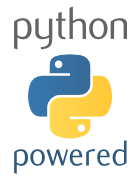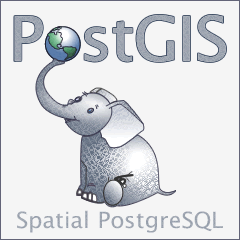Scientific Computing
Scientific Computing

Python is extremely useful language to learn if you are interested in geographic data analysis (or GIS as it is often called). Many (if not most) of the various GIS pieces of software (such as ArcGIS, QGIS, PostGIS etc.) provide an interface to do analysis using Python scripting. Python has a large ecosystem of libraries that can be used for doing analysis, visualization or geocomputation with spatial data, with numerous geo-oriented libraries linked to each other. There is a dedicated website at ecosystem.pythongis.org that lists and provides useful information for a large set of tools available for doing GIS and Earth Observation (remote sensing) in Python.

PostgreSQL is an object-relational database management system, distributed under a BSD license and with its freely available source code. It is the most powerful open source database management system on the market. PostgreSQL uses a client / server model and uses multiprocessors to ensure system stability. This means that an error in one of the processes will not affect the rest and the system will continue to run. In fact, its technical characteristics make it as one of the most powerful and robust databases on the market. PostGIS is a spatial database extender for PostgreSQL object-relational database. It adds support for geographic objects allowing location queries to be run in SQL.

The Jupyter Notebook is an open source web application that can be used to create and share documents that contain live code, equations, visualizations, and text. Jupyter Notebook is maintained by the people at Project Jupyter. Jupyter Notebooks are a spin-off project from the IPython project, which used to have an IPython Notebook project itself. The name, Jupyter, comes from the core supported programming languages that it supports: Julia, Python, and R. Jupyter ships with the IPython kernel, which allows to write programs in Python, but there are currently over 100 other kernels that you can also use.

The Sentinel Application Platform (SNAP) architecture is ideal for Earth Observation processing and analysis due to the following technological innovations: Extensibility, Portability, Modular Rich Client Platform, Generic EO Data Abstraction, Tiled Memory Management, and a Graph Processing Framework.